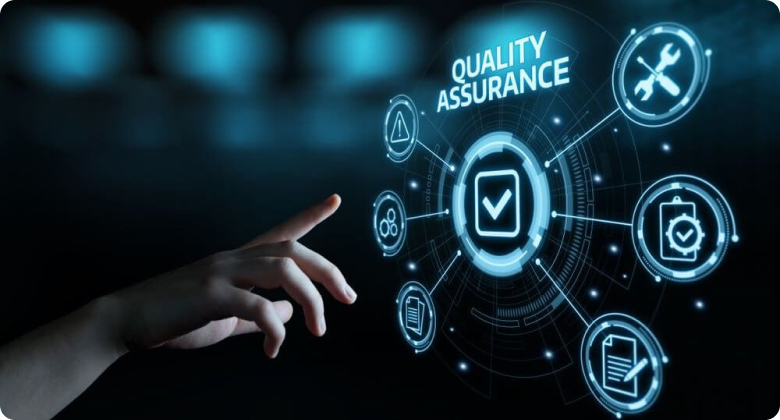IoT refers to the integration of devices and networks, allowing them to communicate and share data in real-time, which can be analyzed for insights and decision-making purposes. With its numerous benefits, IoT has been embraced by the education sector, enhancing the learning experience and revolutionizing the education industry.
According to a latest survey by Deloitte, it was found that
This blog discusses the benefits and applications of IoT in education and the challenges that come with its implementation.
Benefits of IoT in Education
The benefits of IoT Solutions in education are as follows:
Personalized Learning
One of the main benefits of IoT in education is personalized learning. IoT platforms enable teachers to collect and analyze data on each student, including their learning pace, strengths, and weaknesses. This data can be used to personalize teaching methods and curriculum, enabling students to learn at their own pace and in their learning method.
Enhanced Learning Experience
IoT enhances the learning experience by providing real-world examples and interactive learning tools. For example, IoT-enabled devices can simulate real-world scenarios, enabling students to apply their knowledge in a practical setting. Additionally, IoT can be used to provide interactive learning tools, such as virtual field trips and educational games, enhancing the engagement and motivation of students.
Real-Time and Personalized Feedback
IoT enables teachers to provide real-time feedback to students, enabling them to identify and correct mistakes as soon as they happen. Real-time and personalized feedback are essential to effective learning, allowing the students to learn from their mistakes and improve their understanding.
Cost Reduction
IoT platforms can also help to reduce the cost of education. For example, IoT-enabled devices can reduce classroom energy consumption, resulting in lower utility bills. Additionally, IoT can be used to automate administrative tasks, reducing the workload of teachers and administrators and enabling them to focus on teaching and learning.
Applications of IoT in Education
Smart Classrooms
IoT can create smart classrooms, enabling teachers to monitor and control various aspects of the classroom environment. For example, IoT-enabled devices can be used to adjust the lighting, temperature, and ventilation, creating a comfortable learning environment. Additionally, IoT can provide real-time data on classroom usage, enabling administrators to optimize the use of resources and space.
Campus Management
IoT can also be used for campus management, enabling administrators to monitor and control various aspects of the campus environment. For example, IoT-enabled devices can monitor energy usage, detect leaks, and control access to buildings and facilities. Additionally, IoT can provide real-time data on campus usage, enabling administrators to optimize the use of resources and space.
Safety and Security
IoT can be used to improve safety and security on campus. For example, IoT-enabled devices can monitor and control access to buildings and facilities, detect potential safety hazards, and provide real-time data on emergencies.
Remote Learning
IoT can facilitate remote learning, providing students with access to education regardless of location. IoT-enabled devices such as tablets, laptops, and smartphones can be used to access online learning materials and participate in virtual classrooms. Additionally, IoT can provide real-time feedback to students and enable collaboration among students and teachers.
Challenges of IoT in Education
While IoT offers numerous benefits, its implementation in education also presents challenges. One of the main challenges is infrastructure limitations, such as a lack of reliable internet connectivity and inadequate hardware resources.
Additionally, IoT raises security and privacy concerns, as the technology involves collecting and sharing sensitive data.
To address these challenges, schools and educational institutions must invest in robust infrastructure, implement security and privacy protocols, and provide adequate training to teachers and staff.
Conclusion
IoT is revolutionizing education, providing numerous benefits and applications that enhance the learning experience and transform the education industry. IoT has multiple applications in education, from personalized learning to remote learning, smart classrooms, campus management, and safety and security. However, its implementation also presents challenges, such as infrastructure limitations and security risks. As IoT technology continues to evolve, it has the potential to transform education and personalize the way students learn and teachers teach. Educational institutions need to embrace IoT technology and implement it in a safe, secure, and effective way.
Visit www.akenza.io and www.akenza.io/iot-solutions to learn more.



